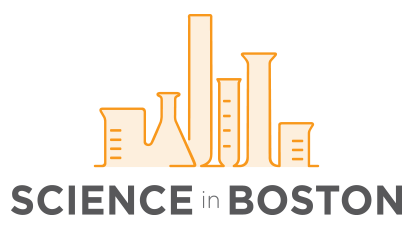This week we profile a recent publication in Nature Chemical Biology from the lab of Dr. Brian Liau (pictured, right) with first author Nicholas Lue (left) at Harvard University and the Broad Institute.
Can you provide a brief overview of your lab’s current research focus?
My lab combines chemical biology with genome editing to understand the key factors and processes that control the cell’s epigenome and the small molecules that target them. In particular, a large focus of my lab is innovating approaches involving CRISPR mutational scanning to study protein function and drug-target mechanism.
What is the significance of the findings in this publication?
Our results from base editor scanning of DNMT3A revealed a novel role for its histone reader domain in promoting catalytic activity, which could point toward allosteric crosstalk. Discovering and characterizing such mechanisms is an important step toward developing novel therapeutics targeting DNMT3A, a crucial cancer-associated protein. More broadly, the approach we used here can be readily expanded to gain detailed molecular insights into a wide variety of chromatin proteins, even ones that are difficult to study through traditional methods.
What are the next steps for this research?
With regards to DNMT3A, our next steps are to apply the reporter used in this paper as well as other cell biological and biochemical approaches to study in depth the mechanism of cancer mutations, specifically a well-known hotspot mutation, R882H. We are also leveraging our base editor scanning approach to study a wide variety of additional proteins.
If you’d like to mention your funding sources, please list them.
This research was supported by the National Institute of General Medical Sciences, the Damon Runyon Cancer Foundation, and Harvard University.

